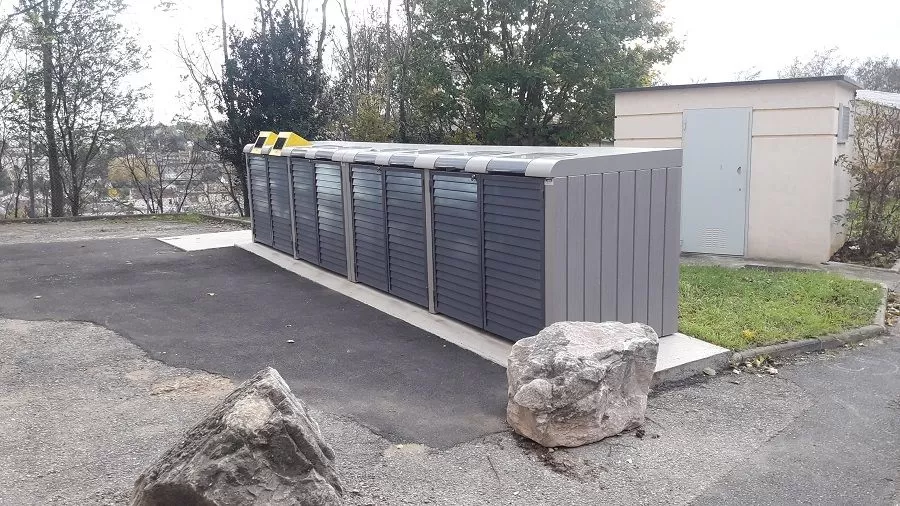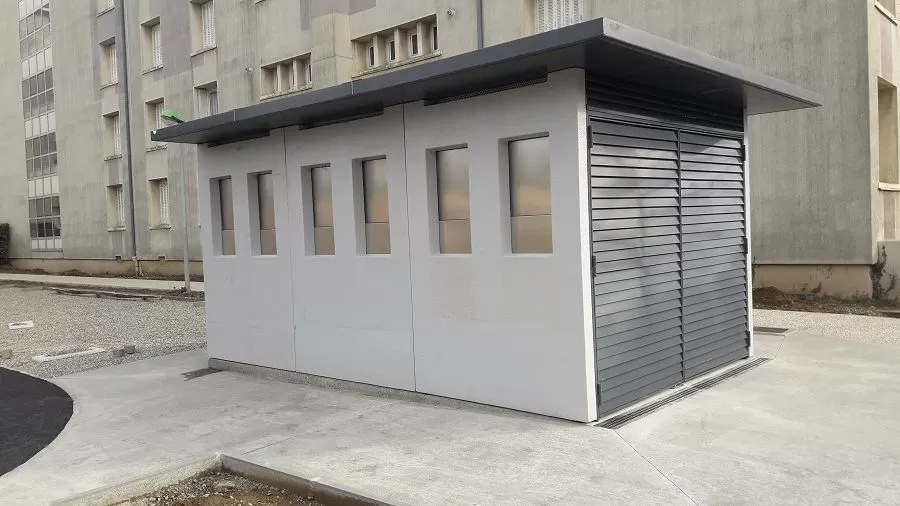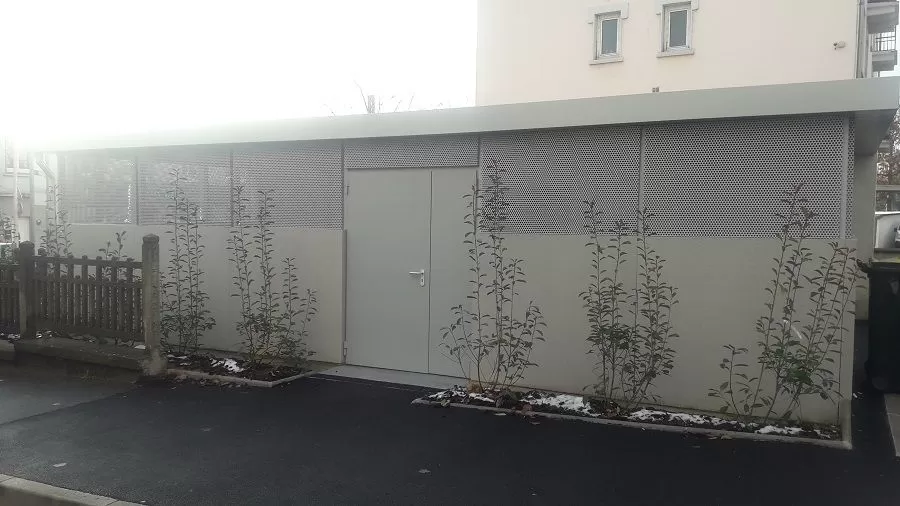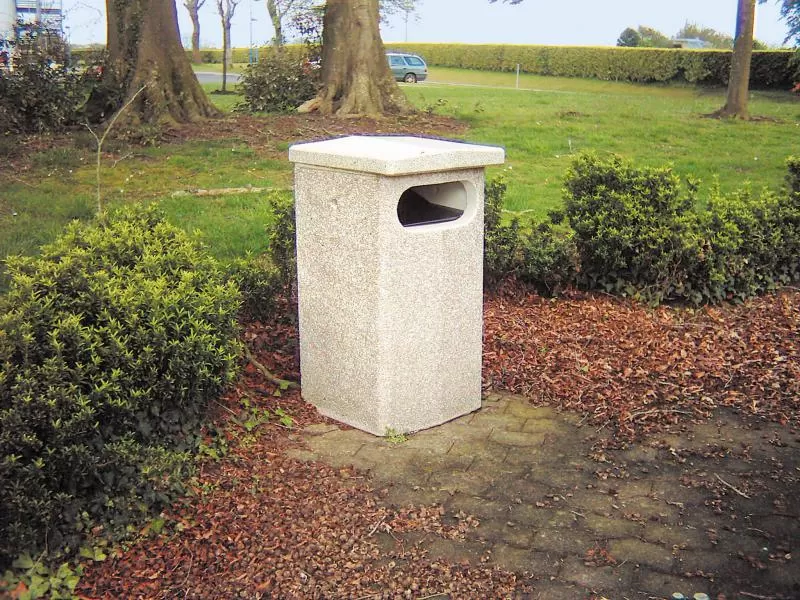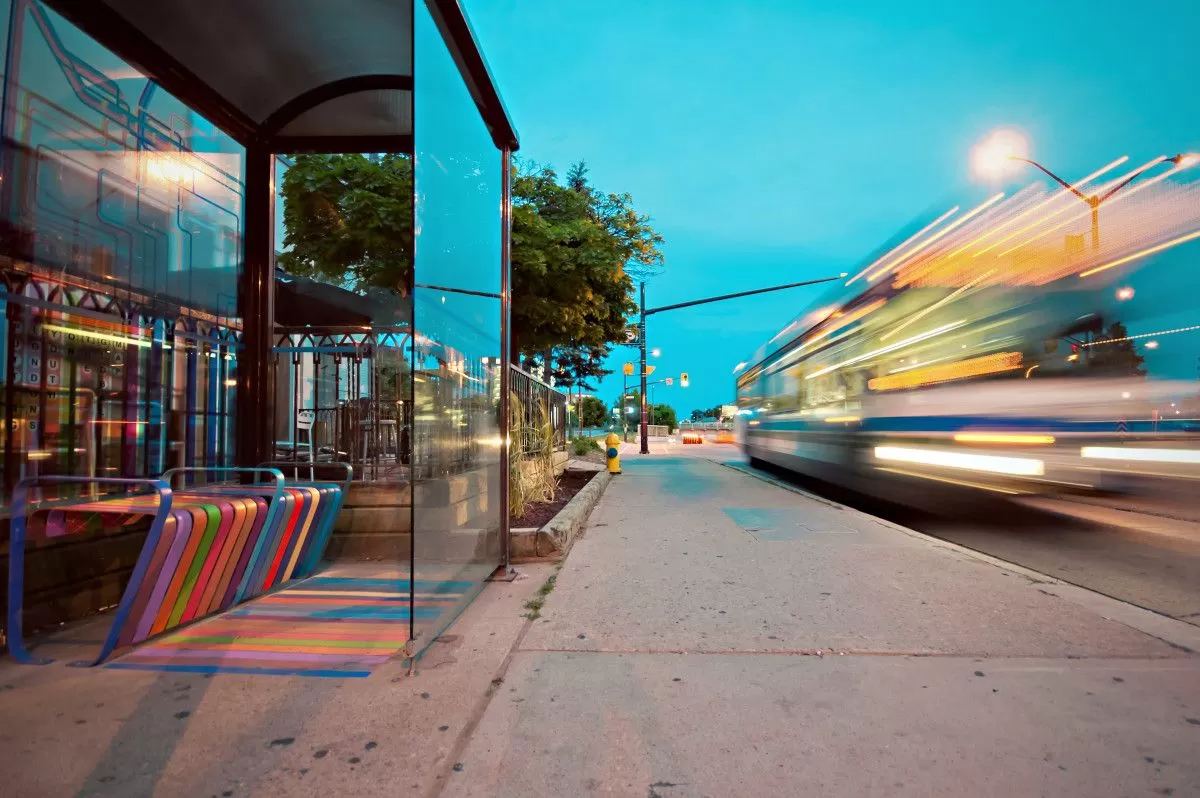It is with the aim of facilitating and optimizing the collection of waste that Francioli offers several ranges of bins, bin kiosks, bin parks and bin shelters. These products are the result of several years of R&D intended to develop top-quality, high-performance results. They are designed to enhance the value of conventional collection services.
Learn more about our range of bin parks and kiosks!
Francioli bin shelters for conventional collection processes
The Pavabac® range includes single-unit and site-assembled products. It is available in a variety of volumes to suit your needs.
A future-proof solution
All Pavabac® bin shelters are made from fire-resistant concrete (class M0) which offers excellent protection against vandalism. The hatches are made of steel to reduce the effort required to open them.
We have sizes to suit all types of bins
The Pavabac® range of bin shelters is designed to accommodate bins with capacities between 350 and 1100 l. They are modular in design meaning that the storage capacity can be adapted to the number of bins required.
A wide choice of finishes is available for successful integration
Francioli offers a range of finishes to help the bin shelters blend in with their surroundings.
Discover our other ranges of urban installations : urban furniture, public sanitaries and sanitaries for Travelers' reception areas.



